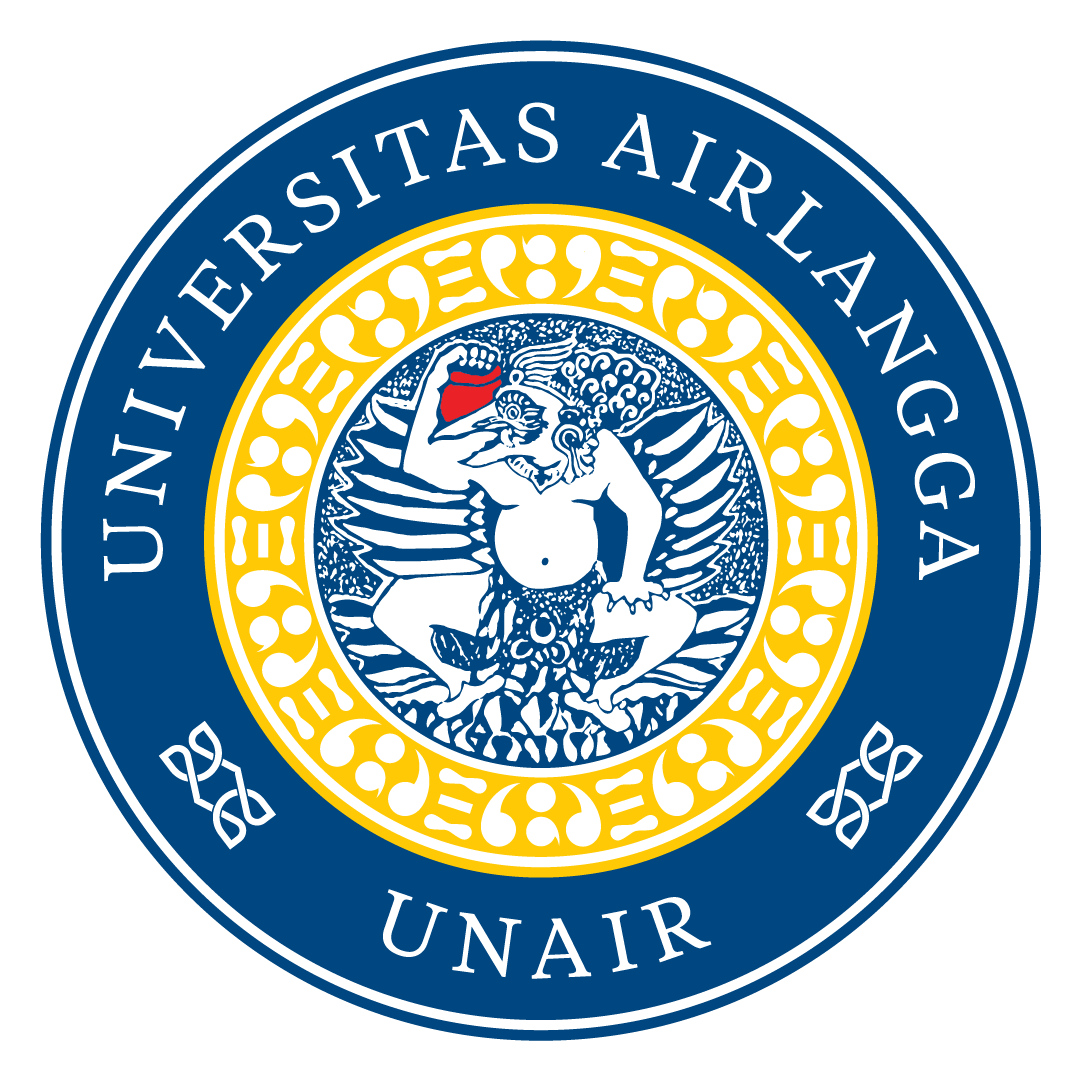{:id}
UNAIR NEWS – Sebagai negara yang rawan terhadap bencana alam, Indonesia memiliki berbagai kasus korban luka-luka maupun meninggal. Salah satu kasus yang sering dijumpai adalah kasus fraktur yang menyebabkan terputusnya diskontinuitas tulang. Terjadinya fraktur dapat berdampak pada cacat fisik, stress psikologi, bahkan kematian akibat penanganan yang tidak tepat. Melihat dari banyaknya kasus fraktur yang terjadi dan dampaknya yang serius, maka haruslah dilakukan penanganan yang tepat, terutama karena tulang merupakan bagian dari tubuh manusia yang sangat penting sebagai penyokong tubuh.
Berangkat dari kasus itu, ketiga mahasiswa Fakultas Sains dan Teknologi Universitas Airlangga, yakni Alfia Fristiyanti (Teknik Biomedis, 2015), Siti Maratus Salasatun Nikmah (Fisika, 2015) dan Katherine (Teknik Biomedis, 2016), melihat bahwa implantasi tulang merupakan solusi yang efektif untuk mengatasi fraktur. Oleh karena itu, ketiga mahasiswa tersebut mengajukan proposal Program Kreativitas Mahasiswa bidang Penelitian Eksakta (PKM-PE) yang berjudul “Proliferasi Dan Diferensiasi Sel Secara In-Vitro Pada Implan Tulang SS316L Terlapisi Hidroksiapatit Gelatin”.
Berbekal dana hibah yang diberikan oleh Kemenristekdikti melalui program PKM tahun 2018, ketiga mahasiswa itu melakukan pengembangan ide proposal tersebut di Laboratorium Fisika Material, Fakultas Sains dan Teknologi. Menurut Alfia Fristiyanti, kunci utama keberhasilan implantasi tulang adalah penggunaan material yang tepat untuk penanganan kerusakan tulang.
“Material yang digunakan sebagai implan tulang harus memiliki beberapa karakteristik seperti tidak beracun, sifat mekanik yang sangat baik, biokompatibel, porositas tinggi dan tidak boleh menyebabkan penolakan di dalam tubuh pasien,” jelasnya.
Salah satu material yang sering digunakan sebagai implant tulang, lanjutnya, adalah SS316L dengan sifat mekanik yang kuat. Namun, material itu merupakan logam yang memiliki biokompatibilitas rendah yang dapat menimbulkan reaksi inflamasi di sekitar jaringan implant dan akan sangat berbahaya bagi tubuh.
“Oleh karena itu tim kami mencoba melapisi SS316L dengan material yang biokompatibel dengan tubuh yakni paduan hidroksiapatit-gelatin,” terang Alfia.
Menurut Alfia, kedua bahan pelapis tersebut dapat menutupi kekurangan pada implan tulang SS316L dikarenakan kombinasi kedua bahan ini memiliki biokompatibilitas yang sangat baik dan tahan korosi. Metode spray coating dipilih sebagai metode pelapisan hidroksiapatit dalam pada logam SS 316L.
“Metode pelapisan ini kami pilih karena proses yang sederhana dan mempersingkat waktu, ditambah dengan biaya yang lebih murah dibandingkan metode lainnya,” tandasnya.
Pada akhir, Alfia mengatakan bahwa untuk memastikan kualitas material, maka dilakukan uji menggunakan studi in vitro yang menunjukkan beberapa kejadian molekuler dan seluler pada permukaan jaringan/implant. Dengan hasil berupa perbedaan dalam morfologi sel, differensiasi dan proliferasi sel akan menjadi penentu dari kecocokan material apabila digunakan sebagai implant tulang nantinya.
“Semua itu tentu dengan harapan material implan yang didapat memiliki sifat mekanik dan biologi yang baik untuk aplikasi implant tulang,” pungkasnya.
Penulis: TIM PKM-PE “Proliferasi Dan Diferensiasi Sel Secara In-Vitro Pada Implan Tulang SS316L Terlapisi Hidroksiapatit Gelatin”
Editor: Nuri Hermawan
Sumber: UNAIR News
{:}{:en}
UNAIR NEWS – As a country prone to natural disasters, Indonesia has numerous cases of injuries and deaths. One type of cases is of bone fractures that cause a bone discontinuity. Bone fractures may cause physical disability, psychological stress, and even death due to improper handling. Proper treatment must be carried out, especially because the bone is a very important part of the human body as support.
The cases of bone fractures inspired three students of Faculty of Science and Technology Universitas Airlangga, Alfia Fristiyanti (Biomedical Engineering, 2015), Siti Maratus Salasatun Nikmah (Physics, 2015) and Katherine (Biomedical Engineering, 2016), that bone implantation is an effective solution to deal with fractures. Therefore, the three students submitted a proposal for the Exacta Student Creativity Program (PKM-PE) entitled “In-Vitro Cell Proliferation and Differentiation in SS316L Hydroxyapatite Gelatin-Coated Bone Implants”.
With a grant provided by the Ministry of Research, Technology and Higher Education through PKM program in 2018, the three students developed the idea at Material Physics Laboratory, Faculty of Science and Technology. According to Alfia Fristiyanti, the main key to the success of bone implantation is the use of the right material for handling bone damage.
“Materials used as bone implants must have several characteristics such as non-toxic, with excellent mechanical properties, biocompatible, high porosity and may not cause rejection in the patient’s body,” she explained.
One material that is often used as a bone implant, she continued, is SS316L with strong mechanical properties. However, the material is a metal that has low biocompatibility, which can cause an inflammatory reaction around the implant tissue and will be very dangerous for the body.
“Therefore our team tried to coat the SS316L with a biocompatible material with the body, hydroxyapatite-gelatin composition,” explained Alfia.
According to Alfia, both of these coatings can cover the shortcomings of SS316L bone implants because the combination of these two materials has excellent biocompatibility and corrosion resistance. The method of spray coating selected as the method of hydroxyapatite coating on metal SS 316L.
“We choose this coating method because the process is simple and short with a cost lower than other methods,” she said.
In the end, to ensure the quality of the material, a test was conducted using an in vitro study showing several molecular and cellular events on the surface of the tissue/implant. The results in the form of differences of cell morphology, differentiation, and cell proliferation will determine the compatibility of the material as bone implants later.
“Hopefully the implant material has good mechanical and biological properties for bone implant applications,” she concluded.
Author: PKM-PE Team ” In-Vitro Cell Proliferation and Differentiation in SS316L Hydroxyapatite Gelatin-Coated Bone Implants”
Editor: Nuri Hermawan
Source: UNAIR News
{:}

